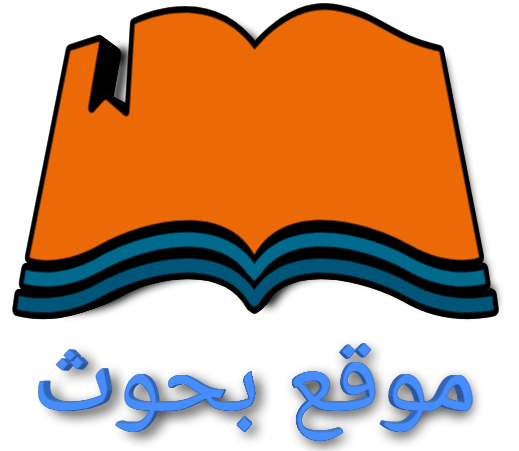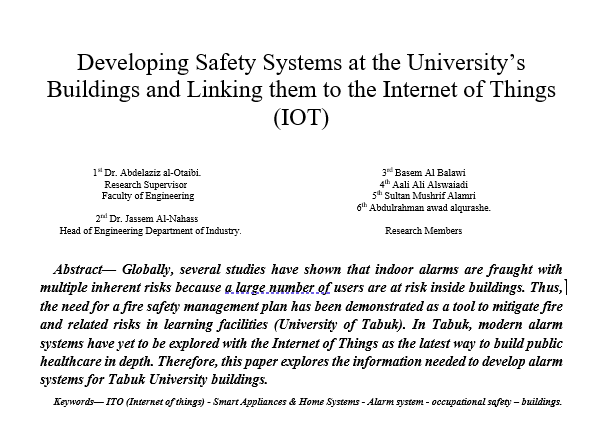
دراسة تاثير استعمال الاراضي والسحب الزائد من الخزان الجوفي على تركيز النترات في المياه الجوفية باستخدام النمذجة حالة الدراسة : محافظة خان يونس-قطاع غزة pdf
ملخص الدراسة:
Groundwater is one of the most precious natural resources in the Gaza Strip as it is the only source of drinking water for the majority of the population. The increasing of nitrate concentration is one of the most important and widespread of the numerous potential groundwater contaminants. The nitrate sources in the groundwater of Gaza Strip are wastewater septic tanks and cesspits, sewage sludge, animal manure and N-fertilizers. The problem of high nitrate concentrations in drinking water exceeded the WHO standards of 50 mg/l constitutes a major health risk to both humans and stock life. The highest level of nitrate in Gaza Strip is Khanyounis which showed average nitrate concentration more than 190 mg/l. Therefore, this work tried to study the nitrate concentration in groundwater in Khanyounis governorate area. A coupled flow and transport model using a three-dimensional, finite difference simulation model (VMODFLOW Pro.) was applied to simulate the southern part ofGazacoastal aquifer. Model application was carried out in three steps; (a) Application of the flow model under steady state conditions for the year 1935 and quasi- steady state for the year 2004 to estimate the hydraulic parameters and water balance of the system, and applying the transient calibration for the target period (2005-2008) to estimate the storage coefficients, (b) Simulation of nitrate transport in the southern part of Gaza Strip coastal aquifer to estimate transport parameters (i.e., dispersivity), and finally (c) The calibrated flow and transport model was used to study management scenarios. The approach for selecting the management scenarios was carried out depending on the need to reduce the transport of nitrate into the aquifer system during the next 30 years. Seven selected management scenarios were tested; (1) work as usual (zero scenario), (2) Management of the pumping, (3) Implementation and operation of sewerage system at Khanyounis, (4) Reduction of N-fertilizers loadings at agricultural areas, (5) Bringing together all the previous scenarios (2,3,and 4) and (6) Using artificial infiltration of groundwater in addition to the management options in scenario no.5. It was estimated that the implementation of a sewerage system at Khanyounis governorate will reduce the rising of average nitrate concentration in Khanyounis area by 8.5 mg/l annually. This means that the average nitrate concentration in Khanyounis governorate will increase by only 1.5 mg/l annually. While the reduction of usage of N-fertilizers by 50% will not have significant impact on nitrate concentration where it will reduce the rising of average nitrate concentration in Khanyounis area by 3.35 mg/l annually. The best scenario to solve the increasing of nitrate concentration problem in the groundwater is the combination of many options (reduction the pumping from the aquifer by using RO unit, implementation sewerage system at Khanyounis area, reduction the usage of N-fertilizers by 50%, and using artificial infiltration from both stormwater and treated wastewater) in addition to artificial recharge as planned by the concerned authorities.
توثيق المرجعي (APA)
خصائص الدراسة
-
المؤلف
Alghamri, Rami Jaser Hasan
-
سنة النشر
2009
-
الناشر:
the islamic university
-
المصدر:
المستودع الرقمي للجامعة الإسلامية بغزة
-
نوع المحتوى:
رسالة ماجستير
-
اللغة:
English
-
محكمة:
نعم
-
الدولة:
فلسطين
-
النص:
دراسة كاملة
-
نوع الملف:
pdf



